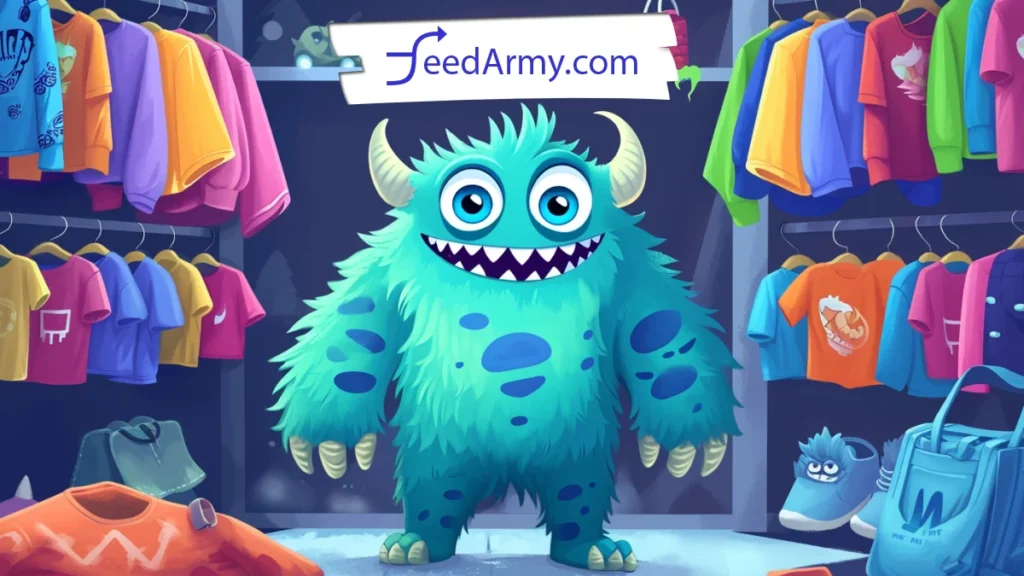When shopping online, pictures play a huge role in buying decisions. Imagine you’re browsing online for a new shirt. What catches your eye first? It’s usually the image. That’s why it’s super important for online sellers to use perfect-quality pictures. Here’s a simple guide to making your online products look great:
High-quality images are key.
Your product photos need to be clear and high-resolution. Think of it like this: the clearer the picture, the easier it is for shoppers to see the details and imagine having it. Aim for a picture size of at least 512×512 pixels, but bigger (like 1024 pixels or more) is even better; what I tell my clients is to aim for 1500 pixels. Also, ensure the image looks good on all devices – computers, tablets, and phones.
The right size and shape matters.
Pictures come in different shapes and sizes. For vertical images (taller than they are wide), use a 9:11 ratio. For horizontal images (wider than they are tall), use a 4:3 ratio. This helps the images fit nicely on different web pages.
Avoid submitting image URLs that change the size of the image, such as https://example.com/images/myimage.jpg?size=400×400
Show clothing on models.
If you’re selling clothes, show them being worn. It helps customers imagine how they might look in it. Be careful not to crop out the model’s head or feet, especially if you’re showing a complete outfit.
You can also submit lifestyle images to add different sceneries.
Selling non-clothing items.
For shoes, belts, watches or bags, show them alone in the main picture, but you can also include pictures of them being used or worn as an additional image.
Simple backgrounds work best.
Use a plain white or transparent background. It makes your product stand out and look good anywhere it’s displayed.
More images, more details.
Include different views and close-ups of your product. This gives a better idea of what you’re selling. Consider adding additional images showing your product in use or a lovely setting.
Make your product titles clear and relevant.
Your product title should be easy to understand and include critical details. Put the most essential info in the first 70 characters. This should include things obscured from the image, like brand, size, or special features.
A good sentence structure is: Brand + Product Type + Product Name + Color + Size
Size and personalization details help: If your product comes in special sizes or can be personalized, mention it in the title. For instance, “plus size,” “customized,” “embroidered,” or “personalized” can be appealing to shoppers looking for these specific features.
Brand names can attract attention.
If you’re selling a well-known brand, put the brand name first in your title. Some shoppers specifically look for specific brands.
Be specific with colors.
When describing your product’s color, be precise. If your product is a unique color, use that specific color name in the title and description. List up to three primary colors for multicolored items instead of just saying “multicolored”.
Categorize your products well.
Organize your products into detailed categories using product type and google product category values. This helps manage your online store and makes it easier for customers to find what they want.
Provide clear size information.
Let your customers know exactly what size they’re looking at. Include details like size type (petite or plus size) and size system (like US, UK, EU).
Group similar products together.
If you have a product in different colors or sizes, list each variation separately but group them under the same item group id. This makes it easier for customers to find the exact version they want. It will allow your ads to show as a grouped listing, where all variants are available in a drop-down menu.
Match your images to your products.
Ensure the picture matches the product variant you’re selling, especially if you have multiple options. This means that if you sell a blue and black T-shirt. Then, for each variant listed, have the image be blue for the blue variant and black for the black variant. This is unnecessary for sizes, as you will not notice the difference.
Technical Details
The below attributes are the required and recommended product details you should be adding when listing apparel or accessories.
- ID
- Title
- Description
- Image (Minimum 512 by 512 pixels)
- Google Category
- Link to website
- Condition
- Availability
- Price
- Brand (Required if GTIN or MPN is supplied)
- GTIN (if exists)
- MPN (if exists)
- Tax (If in the us and can be added in Google Merchant)
- Shipping Cost (Can be added in Google Merchant)
- Color
- Gender
- Age Group
- Size
- Item group id (if it’s a variant)
- Optional
- Material
- Pattern
- Size type
- Size system
- Additional images
- Lifestyle image
- 3D model link
Tips
- If you submit variants with unique links, the customer can instantly see what they have chosen. Google allows you to have one landing page for variants. To increase the conversion rate, I recommend having each of your variants use a unique URL to enable these products to be pre-selected. If I select a blue T-shirt, I don’t have to click on options again on the website.
- Keep the title of each variant the same, and allow the only variation to be the color, material, pattern, etc.

